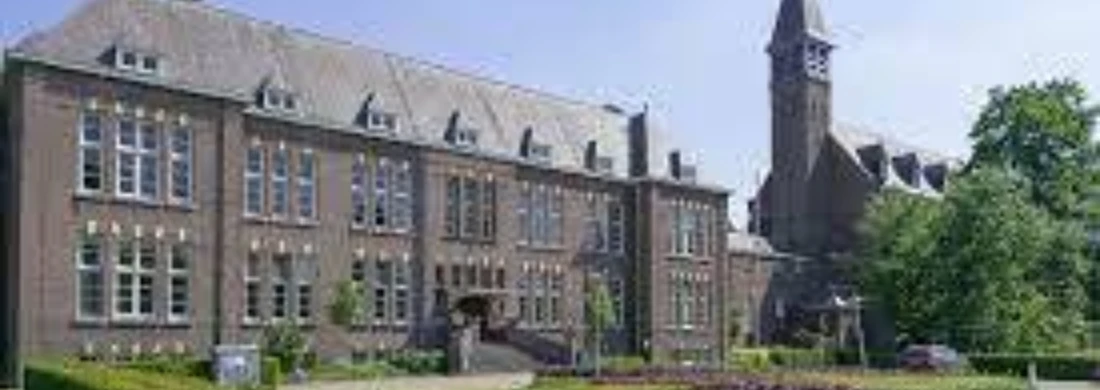Protection and Structure
A century ago, knowledge about epilepsy was limited, and treatments were scarce. The focus of care at that time was mainly on providing a protected, safe environment with a clear structure in work and life. These values from the early days remain unchanged: providing the best possible care with a strong focus on the patient is still central today.
Education
In the 1930s, the insight emerged that epilepsy treatment should ideally begin at a young age. As a result, in 1933, a boys' school for special primary education was founded. This school laid the foundation for what is now De Berkenschutse: special education for children and young people with epilepsy, autism spectrum disorders, or neurologically-based learning and developmental disorders.
Separation and Integration
In the 1950s, as there was still a strict separation between men and women, discussions began about establishing a Catholic institution for female epilepsy patients. On a site that was named Kempenhaeghe, the construction of the first pavilions began in 1962. Education for girls with epilepsy also began. During this time, Dutch society was undergoing significant changes. As a result, in 1970, the integration of care institutions for men and women took place, and care at Kempenhaeghe expanded.
Professionalization
In the 1960s and 1970s, significant changes occurred in the healthcare system in the Netherlands. The government took on a large part of healthcare funding, though the execution of care often remained in the hands of private organizations and religious orders. More structured funding became available for the professionalization of healthcare, and the government began setting quality standards for the first time. In 1977, Kempenhaeghe was recognized as a categorical hospital (a hospital focused on a specific group of patients), and the Sterksel location was recognized as a nursing home for epilepsy patients. In 1978, a special outpatient clinic was opened in Enschede. By looking outside the organization, a rich foundation was created for external collaboration and the ambition to develop its own expertise.
Knowledge Building and Expansion
By the end of the 20th century, the new insight emerged that patients benefit from a multidisciplinary approach. Societal shifts also promoted the idea that people with disabilities have the right to a place in society. They should no longer be 'hidden away,' but live 'normally' in residential neighborhoods. Since 1997, Kempenhaeghe has provided residents with the opportunity to live as independently as possible in so-called "buitenhuizen" (outdoor houses).
Center of Expertise
Since 1998, Kempenhaeghe has increasingly positioned itself as a (tertiary) center of expertise. This shift was partly prompted by healthcare cuts. By continually evolving into a center of expertise and forming various partnerships, Kempenhaeghe has demonstrated its legitimacy. Consequently, research and development policies were intensified, and the first Director of Research and Development and Professor of Neurology was appointed. In 1998, the now renowned annual international symposium took place for the first time.
Exceptionally Engaged
In addition to the most modern diagnostic and treatment techniques, human care remains the benchmark for the organization. Kempenhaeghe continuously invests in the training of healthcare providers across various fields, from neurologists to social workers, and from occupational therapists to laboratory technicians. The goal is to offer each epilepsy patient a place in society that suits them. Living independently where possible and providing help where needed—this is the motto.
